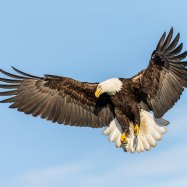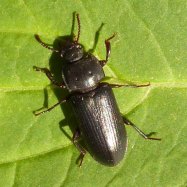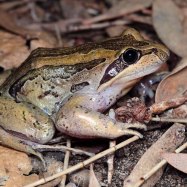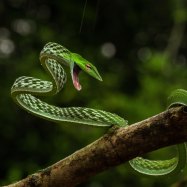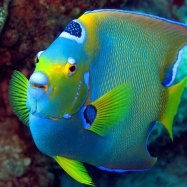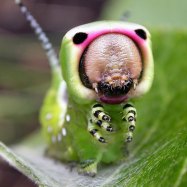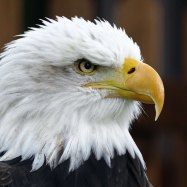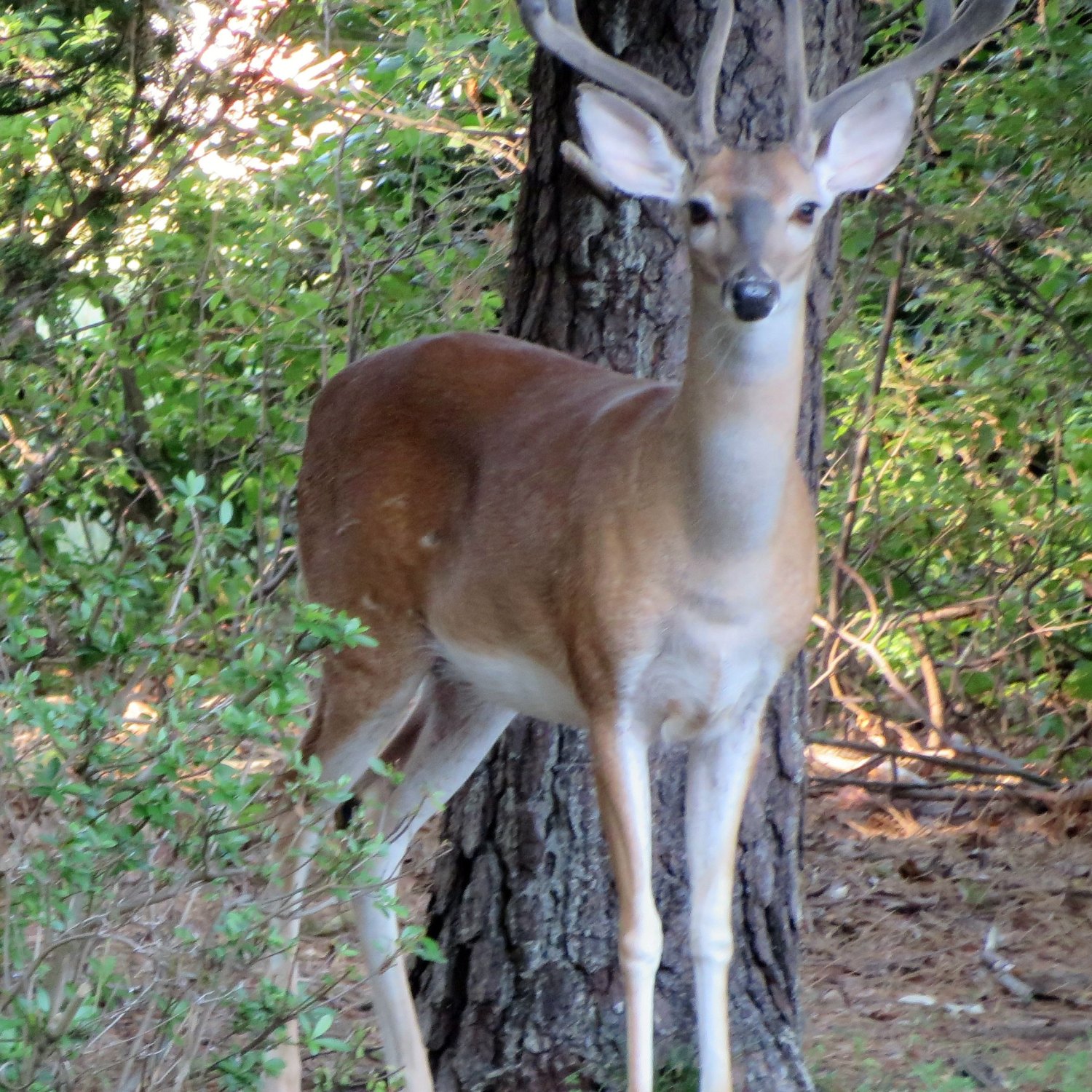
Whiting
25-30 cm
Whiting (Gadus merlangus) is a popular food fish found in the North Atlantic Ocean. These saltwater fish can grow up to 25-30 cm in length and belong to the Gadidae family. They have an elongated, cylindrical body shape and are known for their delicate and mild flavor. So if you're craving for some fresh seafood, look out for Whiting in your local market! #Whiting #NorthAtlantic #SeafoodDelight
Animal Details Summary:
Common Name: Whiting
Kingdom: Animalia
Habitat: Coastal waters, estuaries
Discover the Fascinating World of Whiting – The Ocean's Sleek Silver Beauty
From the sparkling and vast oceanic depths, emerges a sleek-silver fish that is more than just a pretty face. With its elongated body and carnivorous feeding habits, Whiting is a fascinating aquatic creature that is a vital part of coastal ecosystems. Belonging to the Gadidae family, Whiting is known for its abundance in the northeastern Atlantic and Mediterranean Sea, particularly in its country of origin – the United Kingdom.As we dive deeper into the mesmerizing world of Whiting, let's take a closer look at its scientific classification and physical features Whiting.
Classification and Habitat
Whiting's scientific name is Merlangius merlangus, and it belongs to the Animalia kingdom, the Chordata phylum, and the Actinopterygii class. It is a member of the Gadiformes order and the Gadidae family, which also includes other popular fish species such as cod, haddock, and pollock.Whiting is predominantly found in coastal waters and estuaries, making it an essential part of the ocean's delicate ecosystem. These fish prefer to live in shallow waters close to shore, with depths ranging from 5 to 350 meters. They are also known to gather in large schools, making them an easy target for commercial fishing.
Feeding Habits
Whiting is a carnivorous fish, which means it primarily feeds on other marine animals. Its diet consists of small crustaceans, fish, and mollusks, making it an essential part of the food chain. These fish use their sharp jaws and sharp teeth to catch and consume their prey, making them highly efficient predators.Geographical Distribution
Whiting is mainly found in the northern parts of the Atlantic Ocean, particularly in the United Kingdom Wrasse. It is also commonly found in the Mediterranean Sea, where it is known as Merluzzo. These fish can also be found in the eastern shores of Canada and the westerncoasts of Greenland, making them a widespread species in the North Atlantic Ocean.Physical Features
With its silver-gray coloration and elongated cylindrical body shape, Whiting stands out among other fish species. These fish have a streamlined body that is perfect for swift movement in the water, making them efficient hunters. Their scales are small and cycloid, and their lateral line is prominent, extending from the head to the tail.Whiting's average length ranges from 25 to 30 cm, with some individuals measuring up to 40 cm. They have a dorsal fin with soft rays and a small barbel on the chin. The caudal and anal fins are also elongated, giving these fish a distinctive appearance.
The Importance of Whiting in Our Ecosystem
Whiting plays a crucial role in maintaining the delicate balance of the ocean's ecosystem. These fish are an essential part of the food chain, and their abundance provides a food source for other marine animals, including larger fish, marine mammals, and seabirds.Moreover, Whiting is also a significant indicator species, meaning its health and population can tell us a lot about the overall health of the marine environment. For example, a decline in the number of Whiting could indicate a problem in the ecosystem, such as overfishing or pollution.
The Future of Whiting
Unfortunately, like many other fish species, Whiting is also facing threats to its survival. Overfishing is one of the significant challenges that these fish are currently facing. Due to their abundance, Whiting is a popular target for commercial fisheries, particularly in the United Kingdom and other European countries.To protect the future of Whiting and maintain the balance of our oceans' ecosystem, sustainable fishing practices and strict regulations are crucial. It is also essential for consumers to be conscious of their seafood choices and only purchase fish from sustainable sources.
Conclusion
In conclusion, Whiting is more than just a sleek and beautiful fish – it is a crucial part of our marine ecosystem. With its abundance in the northeastern Atlantic and the Mediterranean Sea, Whiting is a vital species that should be protected and preserved for future generations to admire and appreciate.So, next time you enjoy a delicious dish of fish and chips or a mouth-watering seafood platter, don't forget to thank the humble Whiting for its contribution to the oceans' delicate balance. Let's work together to ensure the healthy survival of these fascinating creatures, so they can continue to thrive in the vast depths of the ocean.

Whiting
Animal Details Whiting - Scientific Name: Merlangius merlangus
- Category: Animals W
- Scientific Name: Merlangius merlangus
- Common Name: Whiting
- Kingdom: Animalia
- Phylum: Chordata
- Class: Actinopterygii
- Order: Gadiformes
- Family: Gadidae
- Habitat: Coastal waters, estuaries
- Feeding Method: Carnivorous
- Geographical Distribution: Northeastern Atlantic, Mediterranean Sea
- Country of Origin: United Kingdom
- Location: North Atlantic Ocean
- Animal Coloration: Silver-gray
- Body Shape: Elongated, cylindrical
- Length: 25-30 cm
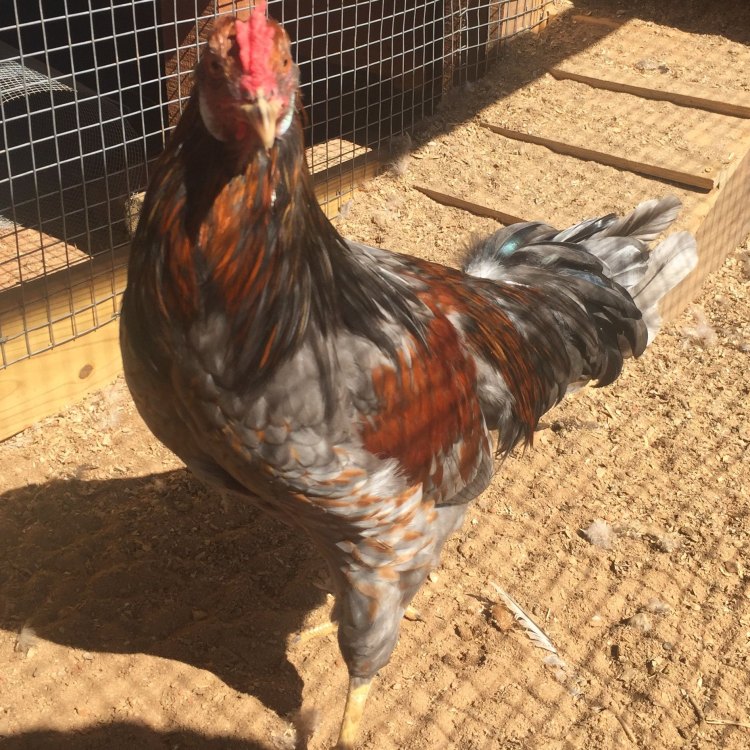
Whiting
- Adult Size: Up to 40 cm
- Average Lifespan: 5-7 years
- Reproduction: Sexual
- Reproductive Behavior: Group spawning
- Sound or Call: No sound production
- Migration Pattern: Seasonal migration
- Social Groups: Schools
- Behavior: Active and curious
- Threats: Overfishing, habitat destruction
- Conservation Status: Least Concern
- Impact on Ecosystem: Important prey species
- Human Use: Commercial fishing, culinary
- Distinctive Features: Large mouth, single dorsal fin, dark markings on the back
- Interesting Facts: Whiting is a popular food fish in Europe and is often used to make fish and chips. It is known for its delicate flavor and tender flesh.
- Predator: Cod, larger fish
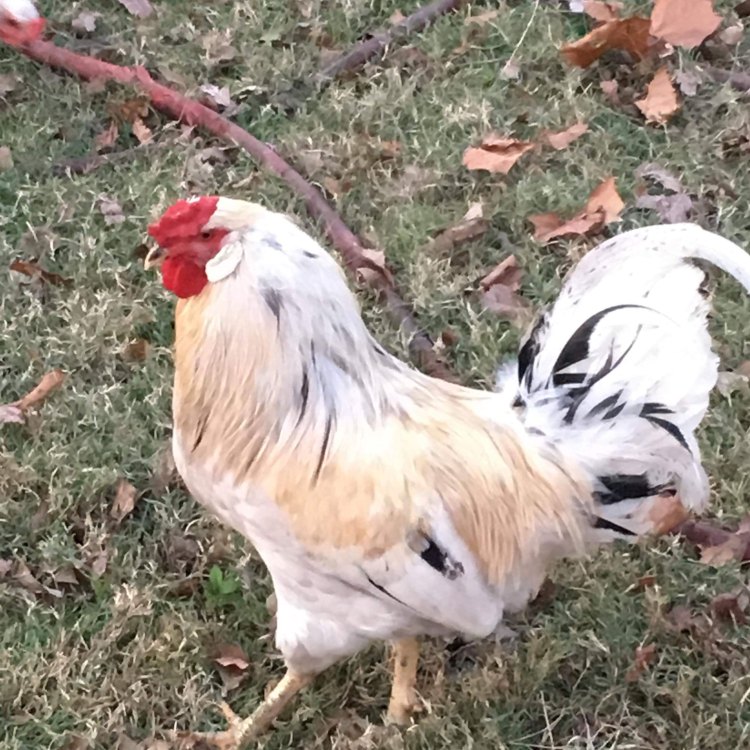
Merlangius merlangus
The Curious and Delicious Whiting Fish: A Closer Look at its Unique Features and Role in the Ecosystem
The ocean is a vast and mysterious place, filled with an abundance of fascinating creatures. One such creature is the whiting fish, with its distinct features and important role in the ecosystem. In this article, we will dive deeper into the world of the whiting and discover what makes it so special.A Size that Surprises
At first glance, the whiting may not seem like anything out of the ordinary PeaceOfAnimals.Com. With an average size of up to 40 cm, it may not appear as impressive as some of its larger ocean-dwelling counterparts. However, what sets the whiting apart is its ability to grow to such a size in just a few short years. With an average lifespan of 5-7 years, the whiting is a fast-growing species that can reach maturity in just 2-3 years.This rapid growth is due to their active and curious behavior. Whiting are constantly on the move, searching for food and exploring their surroundings. This, coupled with their reproductive behavior, also contributes to their quick development.
A Love for Group Spawning
Whiting are a sexual species and reproduce through group spawning, where multiple males and females release their eggs and sperm into the water at the same time. This method increases the chances of fertilization and ensures a higher survival rate for the offspring.Interestingly, whiting do not produce any sounds or calls during this reproductive process Wood Bison. This is in contrast to other species of fish, such as the cod, which are known for their distinctive mating calls. However, the lack of sound production does not make the whiting any less intriguing.
Seasonal Migration and Group Habits
Whiting are known to exhibit seasonal migration patterns, moving from one area to another in search of food and suitable breeding grounds. In the winter, they can be found in deeper waters, while in the summer, they migrate back to shallow areas.But even when they are not on the move, whiting are highly social creatures and can be found in large groups, known as schools. These social groups serve as protection against predators and also aid in finding food. Within these schools, whiting communicate through a series of subtle body movements, helping them coordinate and stay together.
A Large Appetite and a Large Mouth
Whiting are not picky eaters, and their diet consists of small fish, crustaceans, and mollusks. This, coupled with their active lifestyle, means they have a voracious appetite and need a large mouth to accommodate their food intake.Their large mouths are also equipped with strong, sharp teeth, making them efficient hunters. But whiting are not only predators; they are also an essential prey species in the ocean food chain.
Threats to the Whiting
Unfortunately, like many species in our oceans, the whiting is facing numerous threats. Overfishing, habitat destruction, and pollution are some of the major factors that have led to a decline in their population. Whiting are also vulnerable to changes in water temperature and quality, which affects their ability to reproduce and survive.Conservation efforts, such as implementing fishing quotas and protecting their habitats, are crucial in ensuring the survival of this species. Thankfully, the whiting is currently listed as "Least Concern" on the IUCN Red List of Threatened Species, but continued efforts are needed to maintain this status.
A Delicious Delicacy and Human Use
The whiting may not be as well-known as some of its more popular fish counterparts, but it is a staple in many European countries. In fact, it is a common ingredient in the classic dish, fish and chips. Known for its delicate flavor and tender flesh, whiting is also a popular choice for many other culinary dishes.Image Source
But aside from its use in culinary ventures, whiting is also an important part of commercial fishing. Its fast-growing nature and abundance make it a valuable species for the fishing industry. However, sustainable practices must be followed to ensure the continued existence of this species.
The Whiting's Impact on Ecosystems
As mentioned earlier, the whiting is an essential prey species in the ocean food chain. Their fast growth rate and abundance make them an important food source for larger fish, such as cod, and other marine mammals.But the impact of the whiting goes beyond just their role as prey. They also play a vital role in maintaining the balance of the ecosystem. As active and curious fish, they help keep the ocean floor clean by constantly stirring up sediment and exposing nutrients, benefiting other species that rely on these nutrients for survival.
Distinctive Features and Interesting Facts
Aside from their unique behaviors and role in the ecosystem, the whiting also has some distinctive physical features. They have a single dorsal fin and dark markings on their back, making them easily distinguishable from other fish species.Interesting fact: Did you know that whiting is also used as bait for larger fish? This is because of the strong scent it emits, which attracts predators.
Predators of the Whiting
Being a smaller fish, whiting are preyed upon by larger fish, such as cod, haddock, and other predatory species. They are also susceptible to being caught in fishing nets and traps meant for other fish, leading to unintentional deaths.As predators and prey, whiting play a crucial role in maintaining the balance of the ocean ecosystem. Therefore, it is vital to protect and conserve this species to ensure the health of our oceans.
A Final Thought
The curious and delicious whiting fish may not be the most talked-about creature in the ocean, but it certainly deserves recognition for its unique features and important role in the ecosystem. Let us remember to appreciate and protect this remarkable species, so that future generations can also enjoy its presence in our oceans.
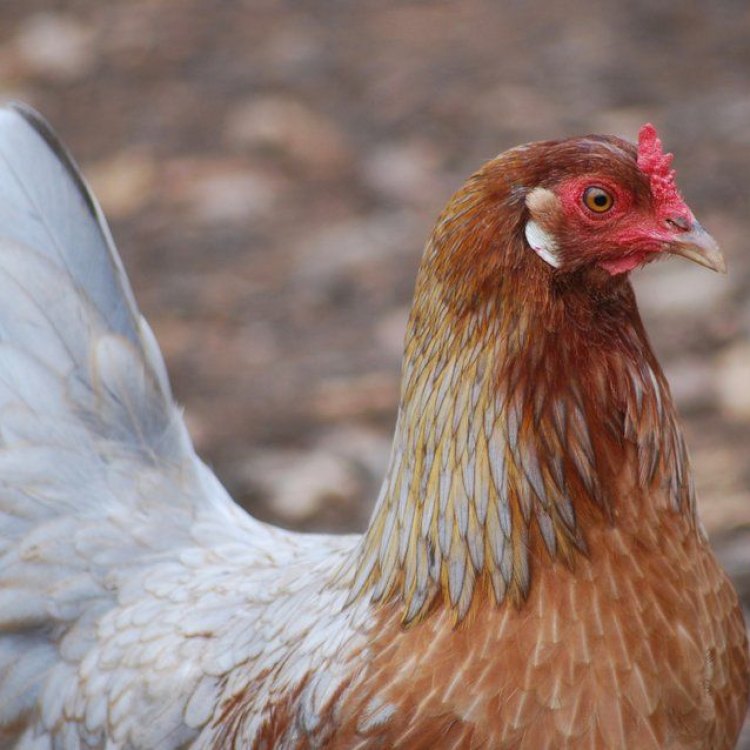
Discover the Fascinating World of Whiting – The Ocean's Sleek Silver Beauty
Disclaimer: The content provided is for informational purposes only. We cannot guarantee the accuracy of the information on this page 100%. All information provided here may change without prior notice.

